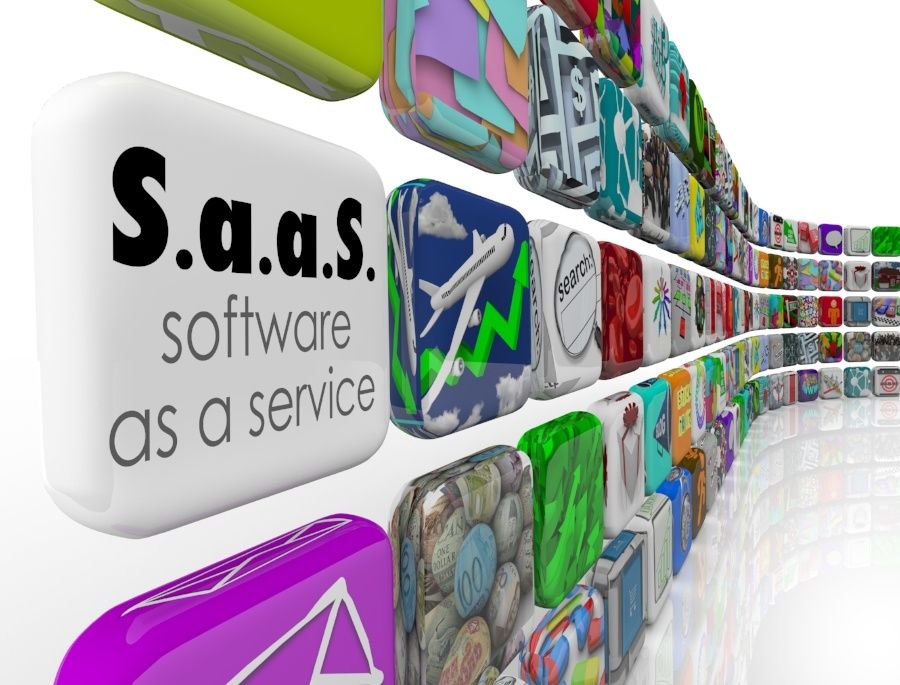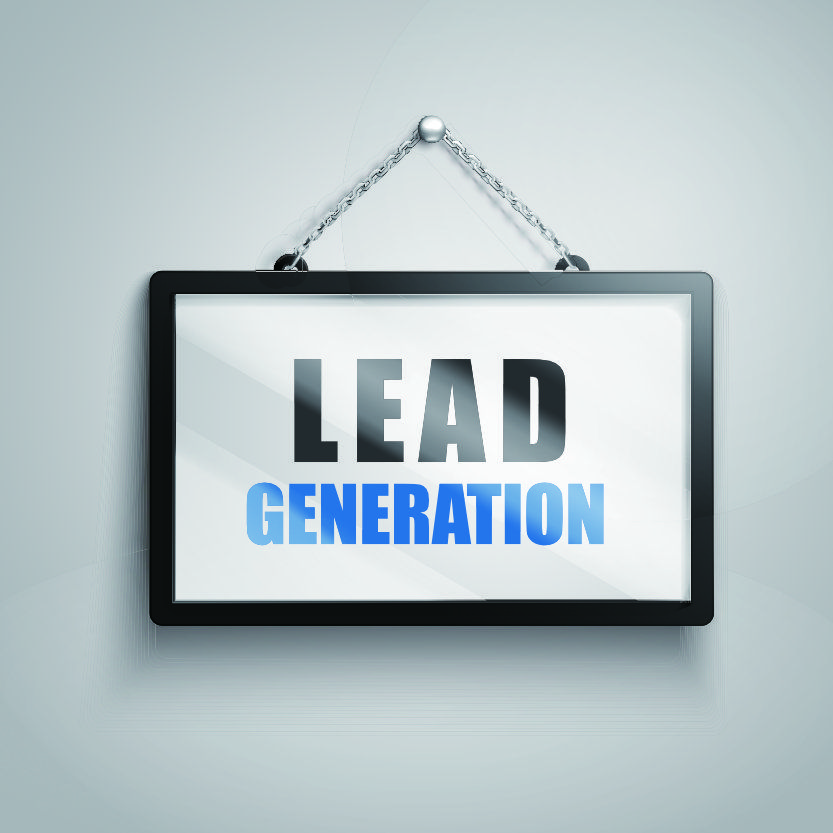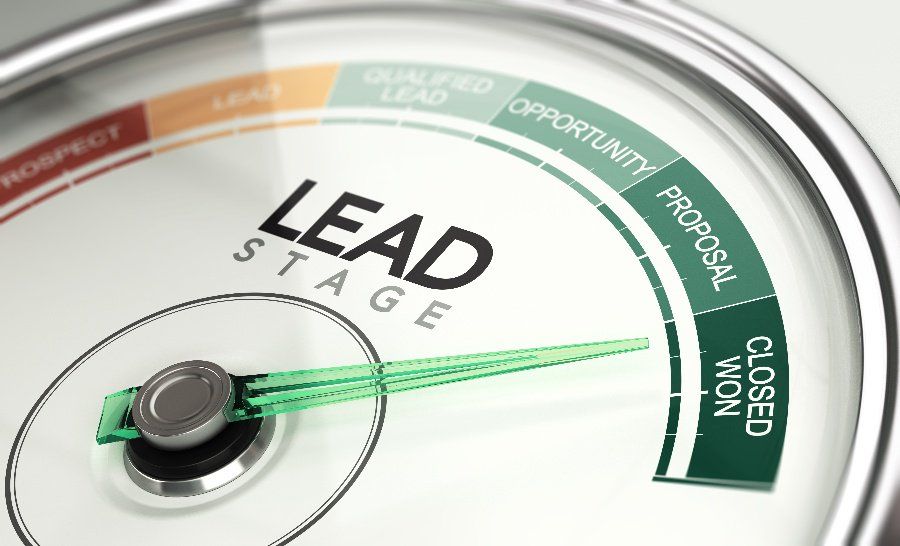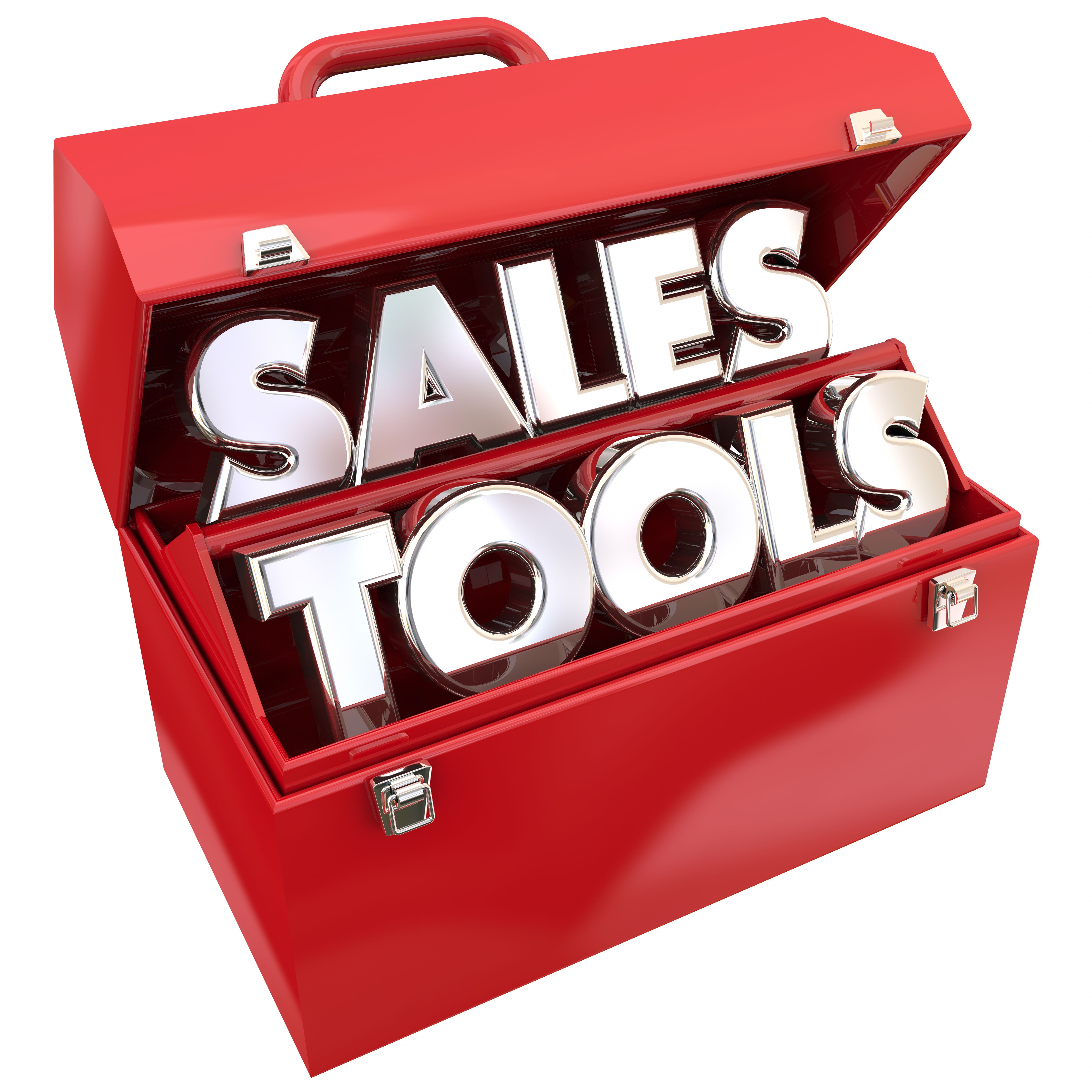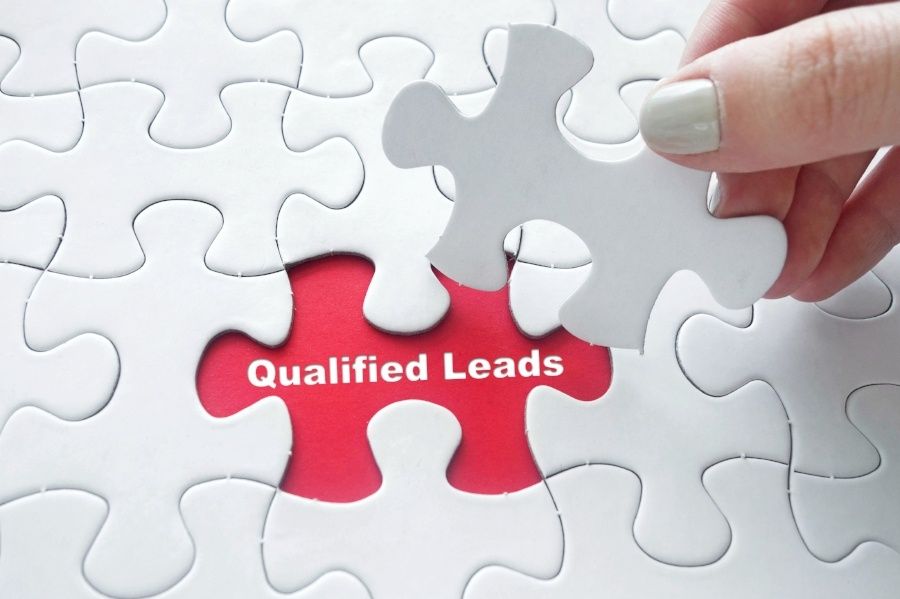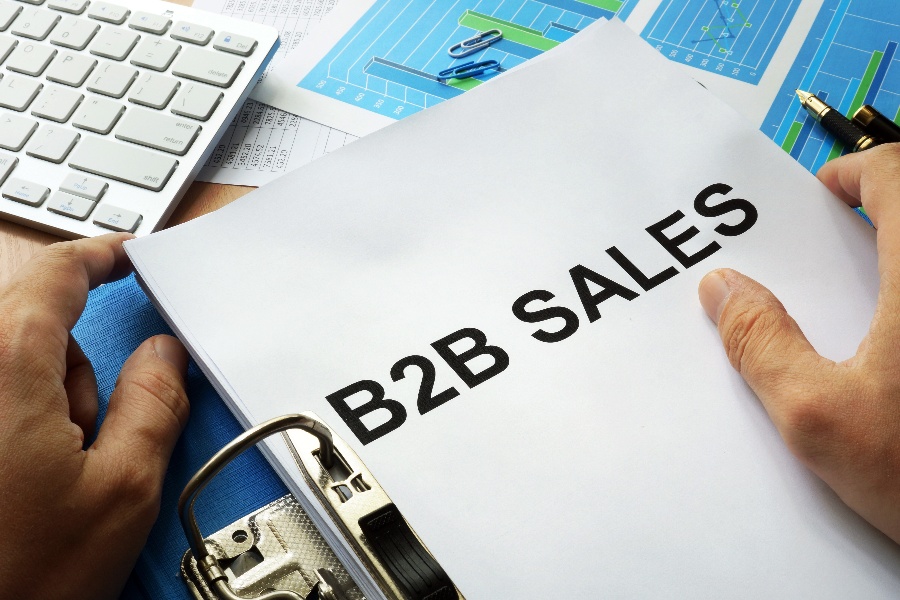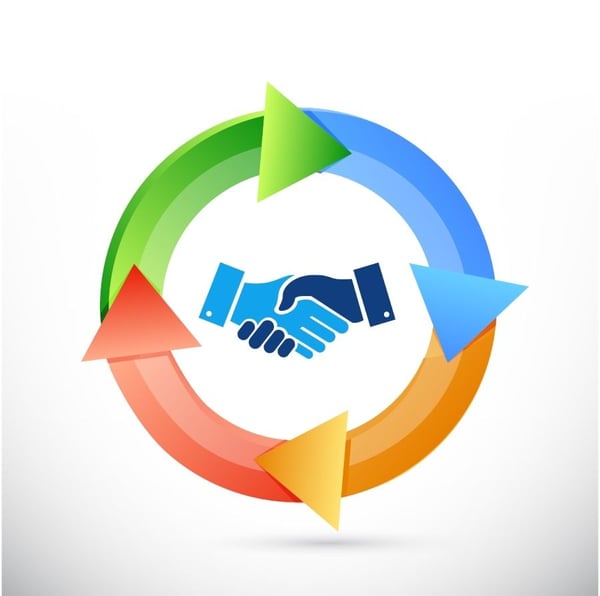
A majority of B2B sales processes follow roughly the same pattern. There is a seven-stage cycle that starts with prospecting and ends when you ask your customer for referrals.
While this process might look slightly different at every company, most companies will follow something similar to this same basic pattern when selling to B2B customers.
Here at RiseFuel, most of my interactions with potential clients follow this basic formula as well.
When I work with companies to improve their sales enablement practices, we work with this sales process in mind, creating content that will facilitate it and give their sales team the tools that they need to reliable close sales.
For sales reps, mastering each of the seven different sales cycle stages is absolutely crucial for your ability to improve.
Having interactions with prospects that all tend to stall at the same point in the process can be indicative of problems in that specific area.
Working on your skills to better understand the sales process and confidently approach each sale is a long-term pursuit.
Source: LucidChart
#1) Prospect for Leads
To sell your product to a customer, you first have to have a prospect in mind. Identifying prospects who might be interested in your product is the first stage of any sales cycle.
Sometimes, companies will have teams of people who are responsible for developing these leads. Marketing teams should deliver a healthy amount, but sales teams are still often required to handle prospecting on their own.
During this stage, you have a few key questions that you should ask yourself to determine if a prospect will be a good fit.
- What does your product do that makes it a unique solution?
- What problem or issue does your product solve for a business?
- Who is your ICA (ideal customer avatar)?
No matter how you do your prospecting — whether, through cold calling, emails, advertisements, etc. — knowing the answer to these questions is critical for attracting new leads and connecting with companies that need your product.
Today, eight in 10 prospects prefer to talk with reps (at least initially) over email, which aligns closely with the percentage of sales reps (78%) that use it.
#2) Setting Appointments
Once you are able to identify prospects that will be a good fit, the next step in the process is to make contact with those customers.
The communication channel that you will be using to contact them is a very important choice.
The channel that you choose should depend on a number of factors including how they typically interact with business partners.
Remember that in the beginning you aren’t typically giving your full sales pitch. This is more of an introductory phase that you use to break the ice.
The goal here is simply to establish a connection and break the ice with a contact inside the company.
#3) Qualify the Prospects
Next, you have to determine whether or not the prospect is a good fit for your product. During this stage, you vet the client to the best of your ability.
The process really starts from the moment that you start speaking with them in the last stage, but qualifying your prospects is so critical to the outcome that you have to make sure that you are giving it the appropriate attention.
Vetting prospects helps you to save time and resources. You only want to spend your time pitching to qualified leads — people that are actively interested in your product or service and have a need to back that up.
If your prospect is not an ideal fit or is not in a position to make decisions about whether to purchase your product, make sure that you ask that they include someone that can in your meetings.
#4) Make Your Presentation
Now that you have identified a potential customer, established a connection, and qualified them for your product, now it is time to make your presentation and show them what you have to offer.
The presentation is absolutely the most crucial stage of the sales process. It is where decision-makers will form their initial opinion of your product and begin their determination of whether or not they believe it will be a good fit for them.
Present your services or product in a way that solves the issue that they are facing specifically. In the qualification process, you should discern what is most important to your customer and determine how to position your product to speak to those needs.
Be ready to demonstrate your product in full. You should be able to show them how your product or service will connect with their already-existing day-to-day operations, and help them see how the product will fit within that framework.
During the presentation phase, you are also selling yourself. Don’t forget that. Things like body language, the tone of your voice, and your appearance all make an impact when you are pitching to a client.
#5) Overcome Objections
Every sales rep must learn how to overcome objections during the B2B selling process. Your job is to make sure that you speak to any concerns during this stage of the process and quell any fears that they might have about the investment.
Even some of the most enthusiastic prospects are going to have some hesitations and hang-ups that will need to be addressed.
When they bring up objections, ask questions about them. Try to understand their deeper concerns. Not every prospect is going to be completely forthcoming regarding why they don’t feel 100% at ease.
Taking your time to fully understand their concerns will help you to ease them.
#6) Close the Sale
There is an art to closing the sale. It’s the defining moment in the selling process. Closing is often much easier said than done and it takes a lot of practice to improve at closing the sale.
There are numerous different approaches that you can take, and the approaches that make the most sense for each situation will depend on how the conversation has gone up to that point.
A sales rep's job is to read the mood and attitude of the people that they have been speaking to.
If they are eager, the closing process is much simpler and easier. If they are not as inclined to move forward, closing the sale can become incredibly tough.
Sometimes, something as simple as “We seem like a perfect fit. Let me get the paperwork written up and we will choose an onboarding schedule,” can close the sale with eager prospects.
Prospects with less enthusiasm will require a more nuanced approach. However, most of the heavy lifting should have been done in the presentation stage.
When you position your product as a must-have solution to their dire problem, they are much easier to close.
#7) Generate Customer Referrals
After you begin your relationship with a new customer, it’s time to ask for referrals. Don’t ask for them right after closing the sale.
Give your product time to meet and surpass their expectations and then ask if they know anyone who might be interested in your solution.
Customer referrals are the easiest way to turn all of the effort and time that you spent closing the first sale into a second sale. People inherently trust opinions from those they know.
Word of mouth is the primary factor behind 20-50% of all purchasing decisions.
A Process to Master
Mastering the sales process is critical for new sales reps and will serve them well throughout their career, even if they were to change positions.
The 7-step sales cycle is one that you will know well after going through it with a few prospects, but there is always room for improvement in building your well-designed sales process.
Every sales process is unique and no two sales conversations are going to be the same. Check out inside sales vs outside sales to dig into the differences that may apply to you.





